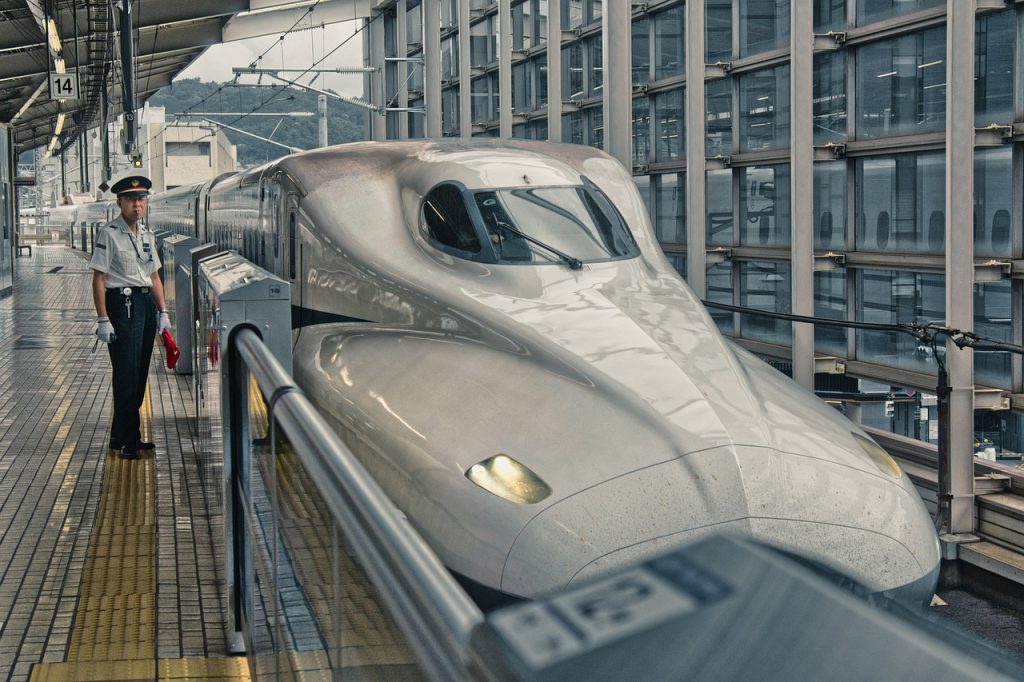This Japanese Train Station Was Built Faster Than Your Last IKEA Shelf
Others are reading now
VIDEO below – Train stations don’t usually make headlines. But in Japan, one tiny building has managed to do just that.
In a small rural area in western Japan, something new is taking shape—fast.
Technology and tradition are meeting in a way that might change how we build public infrastructure in the future.
Last month, Japanese companies unveiled what they claim is the world’s first 3D-printed train station.
Also read
The compact white structure, located at Hatsushima Station in the Wakayama region, was built using a robotic-arm 3D printer, writes DigiLife.
The station was created by Serendix, a startup focused on 3D-printed housing, in collaboration with West Japan Railway Company (JR West).
It took only seven days to build the foundation. After that, the roof and walls were printed and installed in just a few hours.
Normally, that kind of construction would take at least a month or two.
Naohiro Ohashi from JR West explained that the speed was one of the biggest benefits.
He said they were able to install the parts in about two hours. That kind of time-saving could change the way we think about construction.
The structure stands 2.6 meters tall and is 6.3 meters wide. It was printed using a special kind of mortar and reinforced with steel and concrete.
Once the parts were printed, they were brought to the site and quickly put together.
Now, all that’s left is to finish the interior and install the ticket gates. The station is expected to open soon.
JR West said this is part of a broader plan to make rural infrastructure more efficient and cost-effective.
In areas with fewer people, it doesn’t make sense to build large, expensive buildings. Small stations like this could offer a smart solution.
While this station may be small, the idea behind it could have a big impact.
If this model works well, it might be used elsewhere—saving time, money, and resources.



